Sint Maarten Flag Meaning
Horizontal tricolor with coat of arms featuring the courthouse, yellow-sage flower, and motto 'Semper Progrediens' (Always Progressing).
- Continent
- North America
- Adopted
- 1985
- Ratio
- 2:3
- Colors
- red, white, blue
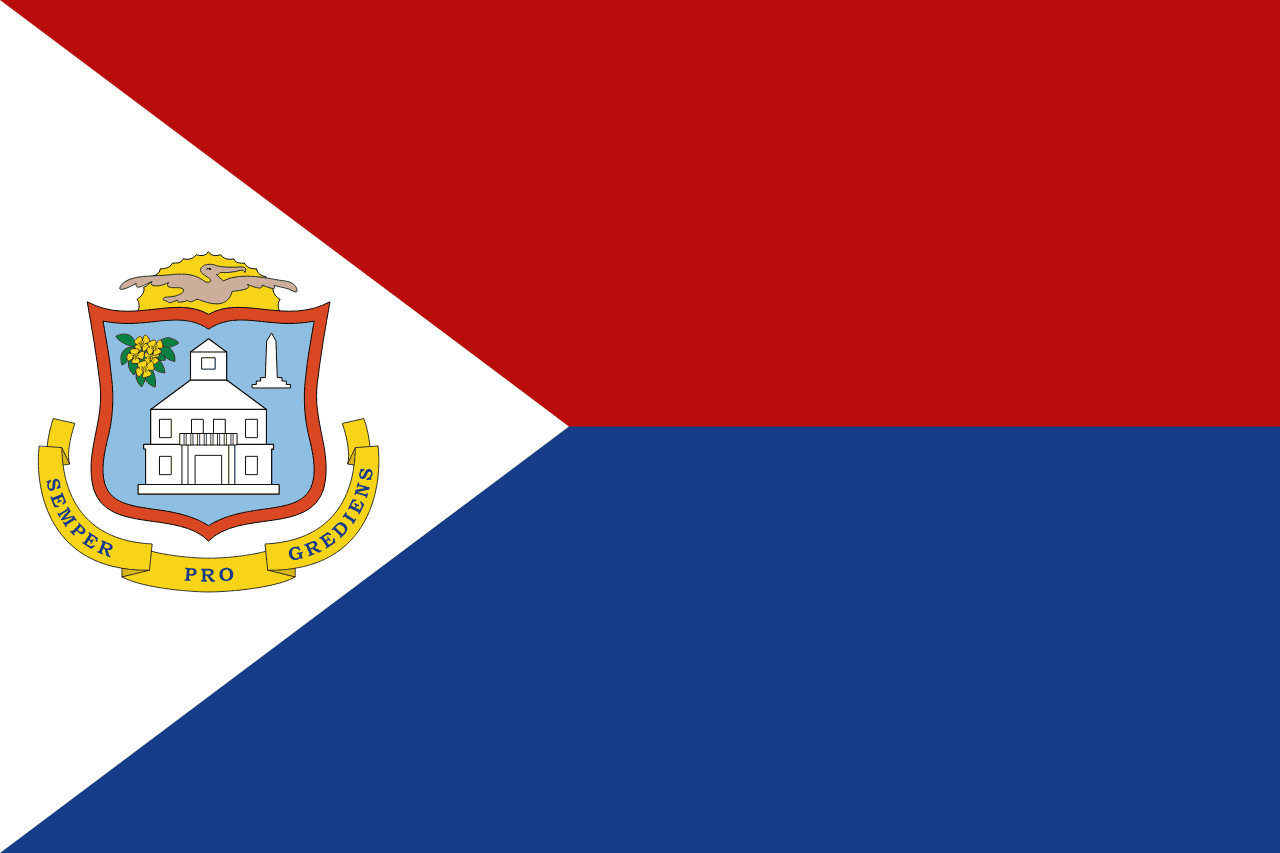
Symbolism
Red Stripe: Represents courage, determination, and the strength of the Sint Maarten people in building their nation and overcoming challenges.
White Stripe: Symbolizes peace, hope, and the harmonious coexistence of the diverse cultures that make up Sint Maarten's multicultural society.
Blue Stripe: Represents the Caribbean Sea surrounding the island, the sky above, and Sint Maarten's connection to the Kingdom of the Netherlands.
Courthouse on Coat of Arms: Symbolizes justice, law and order, and Sint Maarten's commitment to democratic governance and the rule of law.
Yellow-Sage Flower: The national flower represents the island's natural beauty, resilience, and the ability to flourish in the Caribbean environment.
Motto 'Semper Progrediens': Latin for 'Always Progressing,' reflecting Sint Maarten's continuous development and forward-looking spirit as a young nation.
History
- 1648: Treaty of Concordia divided the island between France and the Dutch Republic, creating the world's smallest landmass shared by two sovereign nations.
- 1816-1954: Sint Maarten was part of the Dutch colony of Curaçao and Dependencies, later the Netherlands Antilles, administered from Willemstad.
- 1985: The current flag was adopted as Sint Maarten began developing its distinct identity within the Netherlands Antilles federation.
- October 10, 2010: Sint Maarten became an autonomous constituent country within the Kingdom of the Netherlands following the dissolution of the Netherlands Antilles.
- 2017: Hurricane Irma devastated the island, leading to reconstruction efforts and international cooperation that strengthened national identity.
Trivia
- Sint Maarten shares the island with French Saint-Martin, making it the smallest landmass in the world divided between two countries.
- The island has no border controls between the Dutch and French sides - you can walk freely between two different countries.
- Princess Juliana International Airport is famous for its beach approach, where planes fly extremely low over Maho Beach before landing.
- Sint Maarten uses both the US dollar and the Netherlands Antillean guilder, reflecting its complex economic relationships.
- The island is only 37 square kilometers (14 square miles), with the Dutch side occupying the southern 34 square kilometers.
- Sint Maarten has one of the highest population densities in the Caribbean, with about 40,000 residents in a very small area.
- The border between Dutch and French sides is marked by simple monuments and signs, not fences or checkpoints.
- Tourism is the island's main economy, with cruise ships bringing hundreds of thousands of visitors annually.
- Hurricane Irma in 2017 destroyed 95% of the island's buildings, making it one of the most devastating natural disasters in Caribbean history.
- The island celebrates two national days: Kingdom Day (April 27) with the Netherlands and Concordia Day (March 23) commemorating the 1648 treaty.
- Sint Maarten's carnival is one of the Caribbean's largest, featuring elaborate costumes, calypso music, and cultural celebrations lasting several weeks.
Related Countries
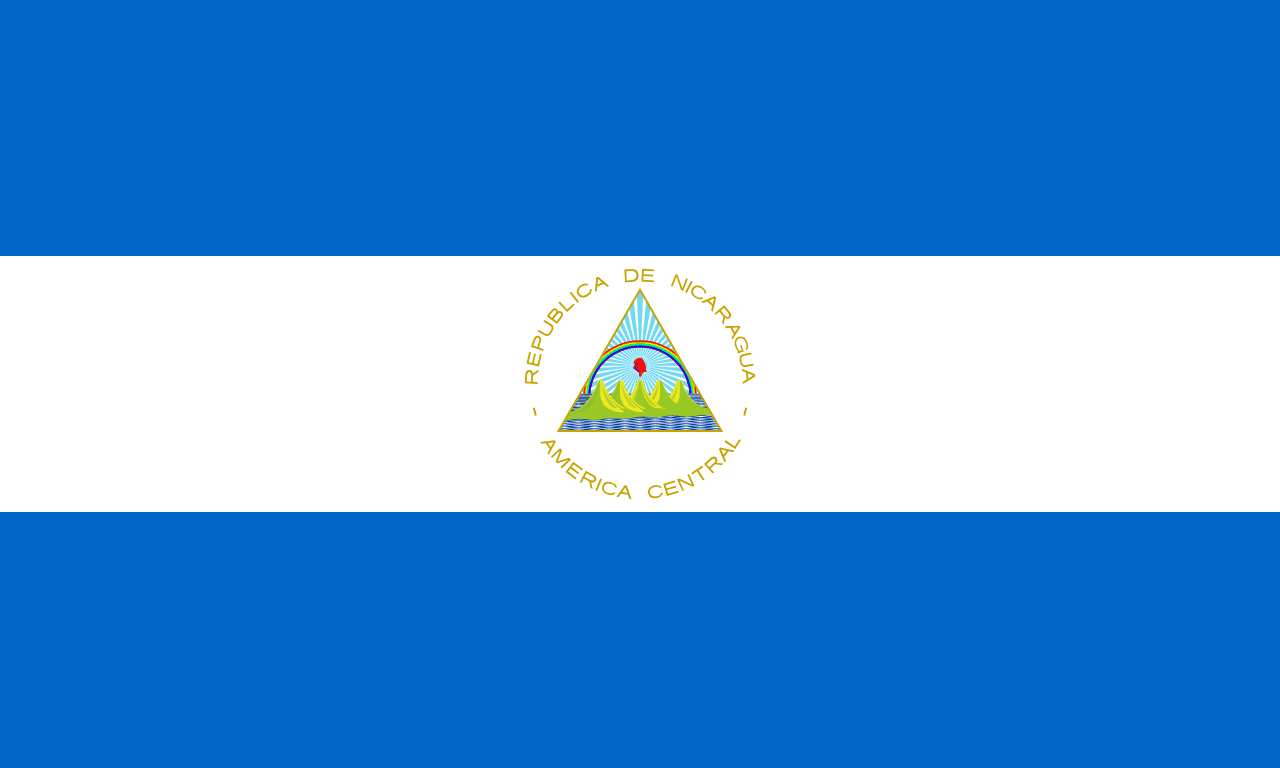
Nicaragua
North America
Three horizontal stripes of blue, white, and blue with the national coat of arms centered on the white stripe, representing Nicaragua's position between two oceans and its revolutionary ideals of liberty and peace.
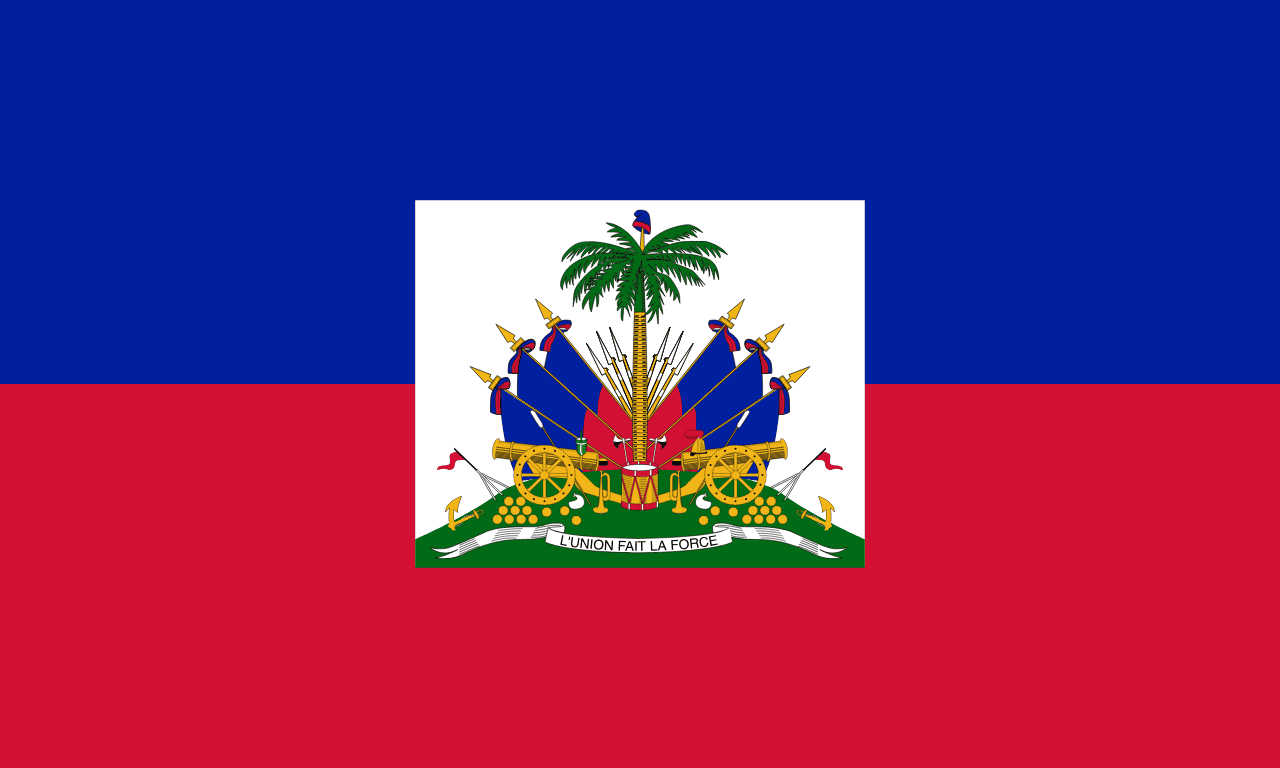
Haiti
North America
Two horizontal stripes of blue over red, representing the union of black and mixed-race Haitians and the blood shed for independence, making Haiti the first independent black republic and symbol of successful slave revolution.
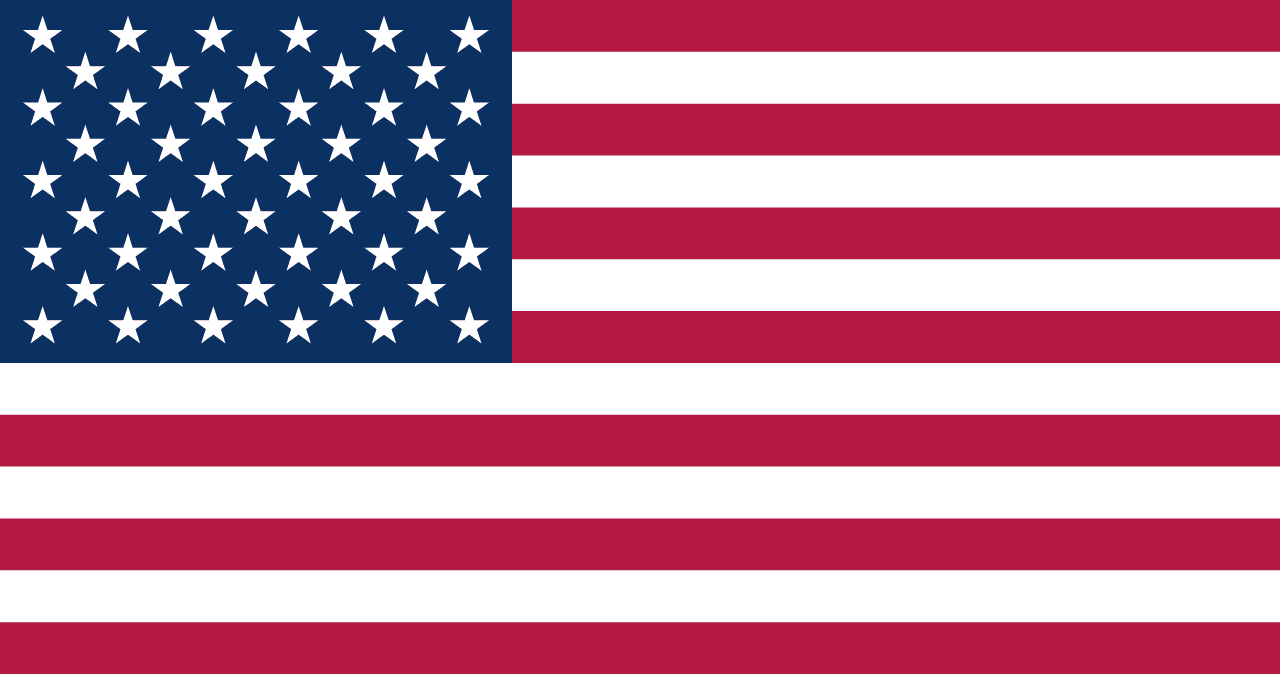
United States
North America
Stars and stripes representing the states and original colonies that founded America.
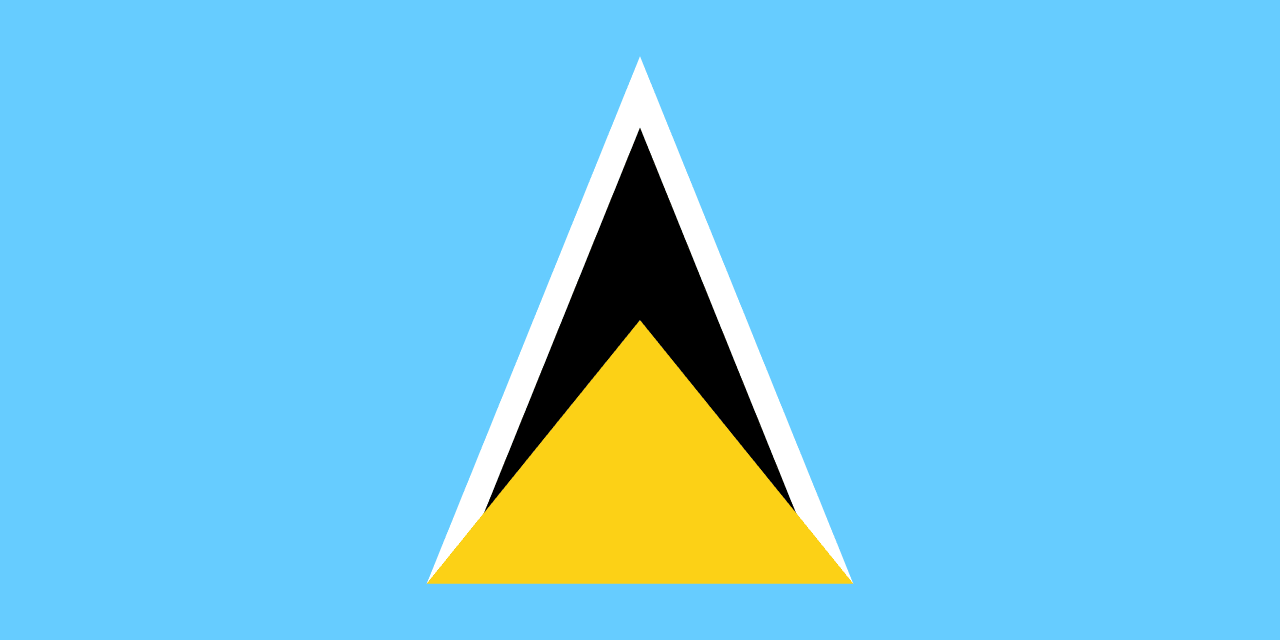
Saint Lucia
North America
A cerulean blue field with a gold isosceles triangle in front of a white-edged black triangle. The design reflects the island’s natural features and cultural heritage.
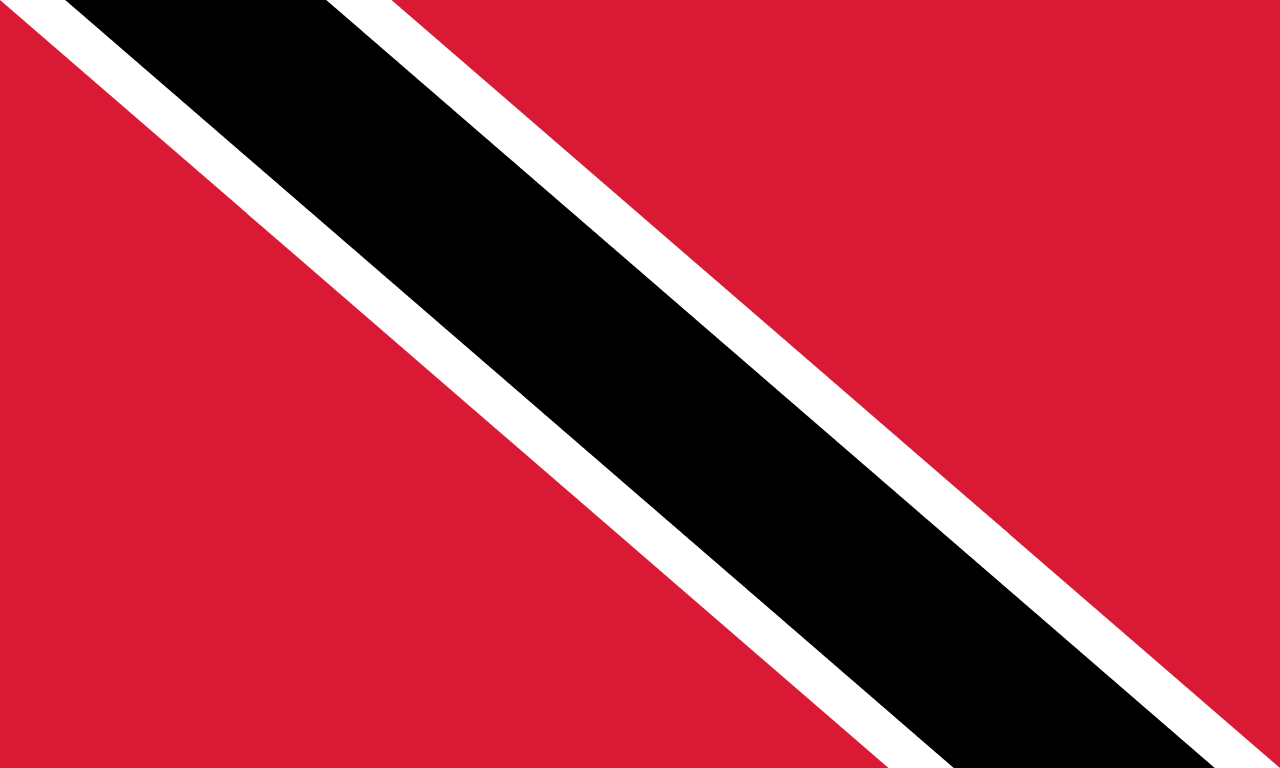
Trinidad and Tobago
North America
A red field with a black diagonal stripe bordered by thin white stripes running from the upper hoist to the lower fly, representing the vitality of the land and people, the sea surrounding the islands, and the wealth and strength of the nation, designed by local artist Carlisle Chang.
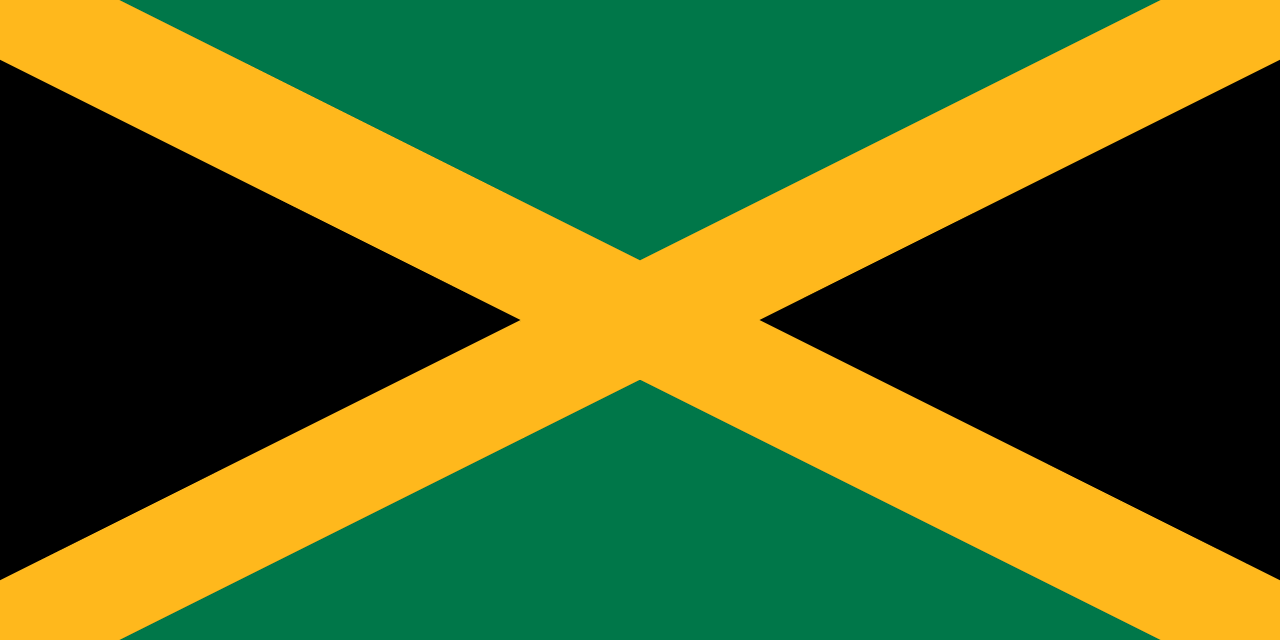
Jamaica
North America
A diagonal cross pattern dividing the flag into four triangles, with green triangles at top and bottom, black triangles at hoist and fly, and yellow diagonal cross, symbolizing the natural beauty, strength of the people, and golden sunshine of Jamaica.